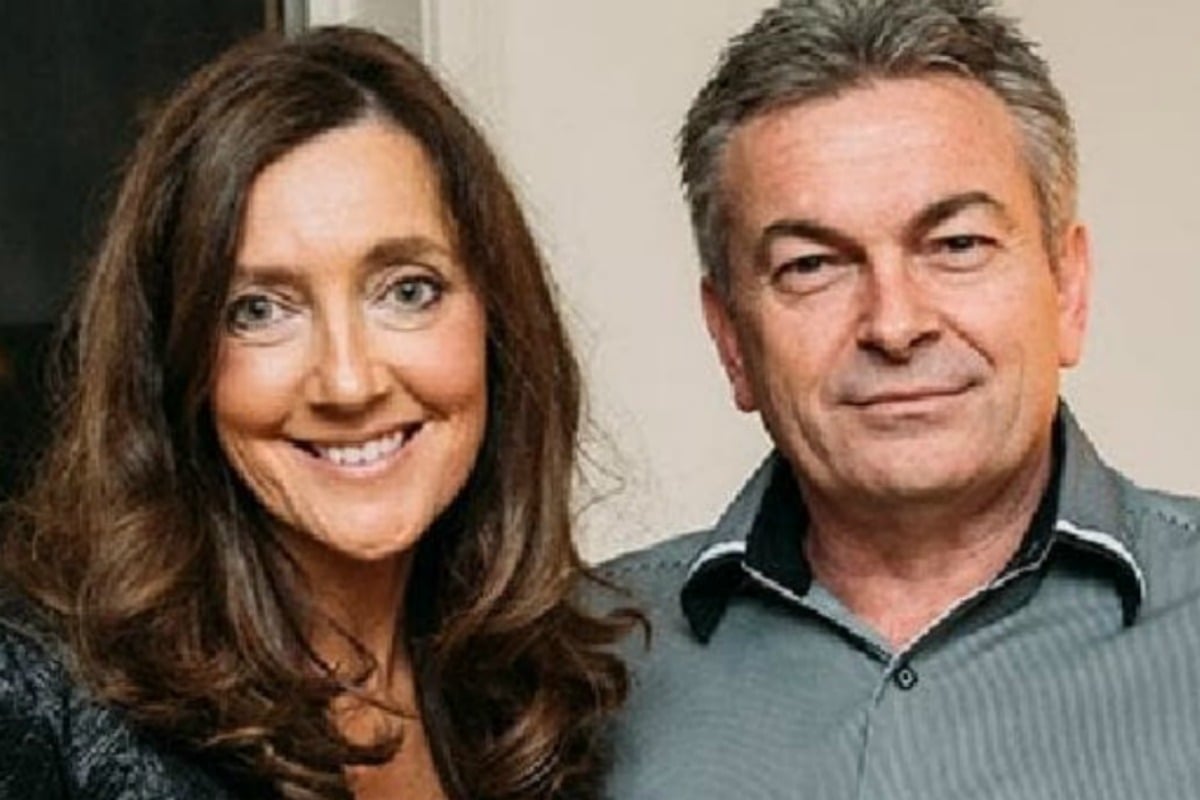
-With AAP.
1. Changing details and new SIM cards: How Borce Ristevski tried to avoid detection for killing his wife.
On April 18 2019, Borce Ristevski was sentenced to nine years in prison for the death of Karen Ristevski.
Borce Ristevski constructed a large web of lies to try and avoid investigators finding out that he killed his wife Karen, according to newly released court documents.
A ruling made by Justice Christopher Beale last week and published on Monday led to prosecutors withdrawing the charge of murder, and Ristevski admitting instead to the lesser charge of manslaughter of his 47-year-old wife Karen.
Ristevski may have killed his wife, shoved her body in the back of her Mercedes-Benz and dumped her between two logs in a forest, but that didn’t prove he meant to murder her, the Supreme Court of Victoria found.
Mamamia’s daily news podcast gets you up to speed with what you need to know today…
The court documents revealed how far 55-year-old Ristevski went to avoid detection for the crime.
During conversations with his daughter Sarah, Ristevski allegedly was critical of the police investigation and said “they don’t give a f***” in a taped phone call.
The documents also show Ristevski seemingly knew his mobile phone was tapped and was trying to get Sarah’s boyfriend to obtain new SIM cards. He changed his phone number twice.
He also told different people different stories.
